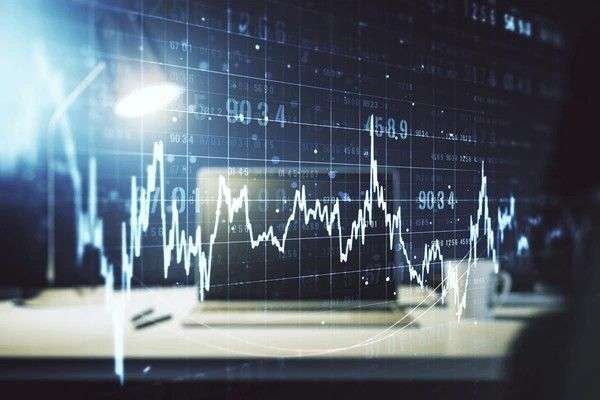Automated Screen Trading refers to the process of executing financial transactions, such as buying or selling securities, using computer algorithms and electronic platforms without the need for direct human intervention. It enables rapid and efficient trading based on predefined parameters and algorithms programmed into trading systems.
Table of Contents
How Automated Screen Trading Works
Automated Screen Trading operates through a structured process:
- Algorithmic Trading: Computer programs, known as algorithms, analyze market data, identify trading opportunities, and execute trades automatically based on predefined rules and parameters.
- Electronic Platforms: Trades are executed electronically via dedicated trading platforms or interfaces connected to financial markets.
Example Scenario
Let’s illustrate with a practical example:
- Trader: XYZ Investment Firm
- Strategy: XYZ Investment Firm develops an algorithm to automatically buy 100 shares of Company A when its stock price drops below $50 and sell when it reaches $60.
- Execution: The algorithm continuously monitors the stock price of Company A and executes buy and sell orders according to the predefined criteria.
Process Steps:
- Algorithm Development: XYZ Investment Firm designs and tests the algorithm based on historical market data and trading strategies.
- Real-Time Execution: The algorithm operates in real-time, monitoring market conditions and executing trades swiftly when predefined conditions are met.
Benefits of Automated Screen Trading
Automated Screen Trading offers several advantages for traders and financial institutions:
- Speed: Executes trades faster than manual trading, leveraging technology to capitalize on market opportunities promptly.
- Accuracy: Reduces human error associated with manual trading, ensuring trades are executed according to predefined rules and parameters.
- Efficiency: Enables simultaneous trading across multiple markets and securities, optimizing portfolio management and risk mitigation.
Considerations for Traders
Traders utilizing Automated Screen Trading should consider the following aspects:
- Algorithm Design: Develop robust algorithms that account for market volatility, liquidity, and risk management strategies.
- Monitoring: Regularly monitor algorithm performance and market conditions to ensure effectiveness and adaptability.
- Regulatory Compliance: Adhere to regulatory guidelines and market regulations governing algorithmic trading to mitigate risks and ensure transparency.
Evolution and Impact
Automated Screen Trading has transformed financial markets by:
- Liquidity Enhancement: Facilitating increased market liquidity through continuous trading activities and rapid order execution.
- Market Efficiency: Contributing to price discovery and market efficiency by processing vast amounts of market data and executing trades efficiently.
Conclusion
In conclusion, Automated Screen Trading revolutionizes financial markets by automating trading processes through computer algorithms and electronic platforms. It offers speed, accuracy, and efficiency for executing trades based on predefined rules and parameters, enhancing trading strategies and portfolio management.
Understanding the principles and benefits of Automated Screen Trading empowers traders and financial institutions to leverage technology effectively in navigating dynamic market environments, optimizing trading outcomes, and managing risks proactively.
This explanation covers the definition, process, benefits, considerations, evolution, and impact of Automated Screen Trading, using an algorithmic trading example to illustrate its application in modern financial markets.





